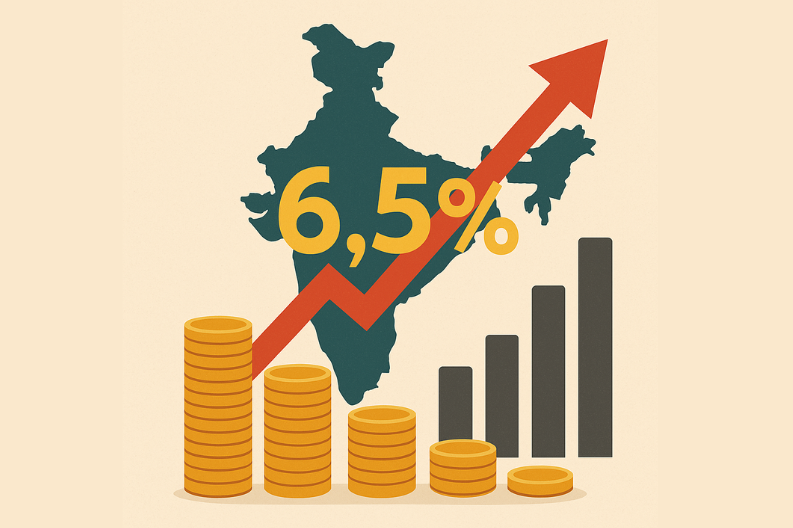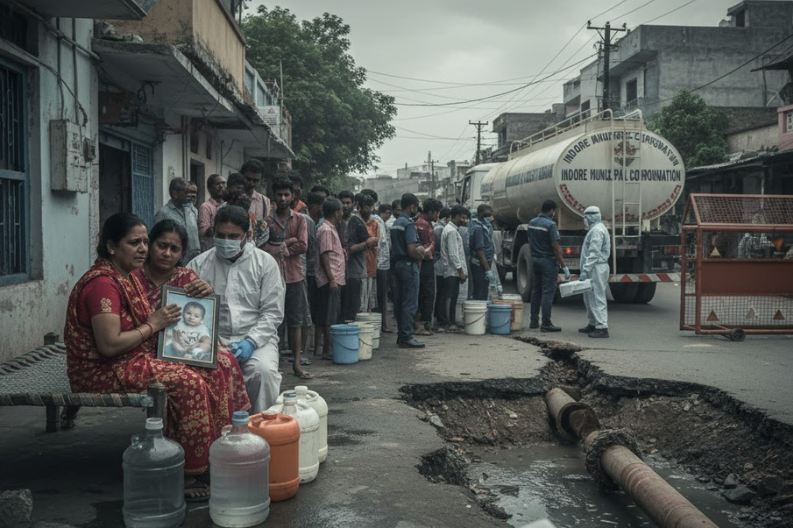India’s economy expected to grow 6.5% in FY2026, according to a recent report, beating earlier estimates of 6%. The upward revision comes after changes in the Goods and Services Tax (GST), which are helping soften the blow of steep US import tariffs.
The credit rating agency ICRA released the report, highlighting that Indian industries are adapting quickly. Exporters are rerouting trade, finding new buyers, and diversifying markets. Such proactive steps are cushioning the effects of high tariffs while keeping exports competitive.
Still, challenges remain. The US has imposed a 50% tariff on Indian imports, much higher than rates for countries like China or Vietnam. This poses risks to profits, especially in sectors like auto parts and seafood, where Punjab plays a major role. Farmers and manufacturers in states like Punjab face additional strain as their products lose price advantage in the US market.
To deal with the pressure, exporters are exploring new destinations, including Mexico, Europe, and Dubai. Many firms are also enhancing product value, using subsidiaries abroad, and passing part of the tariff costs to buyers. Strong customer ties are helping them maintain sales despite rising costs.
Some industries, such as metals, report relative stability. Their niche, high-tech products, leave US buyers with fewer alternatives, allowing exporters to pass on costs without major losses. Auto exporters are also managing by spreading risk across global markets.
Punjab’s industries, particularly in Chandigarh and Mohali, are showing resilience by adopting such strategies. These actions protect jobs and support regional growth, even under tough trade conditions.
In conclusion, while US tariffs remain a challenge, Indian exporters are proving resourceful. With new market strategies and strong customer relationships, India’s economy expected to grow 6.5% despite global headwinds.



